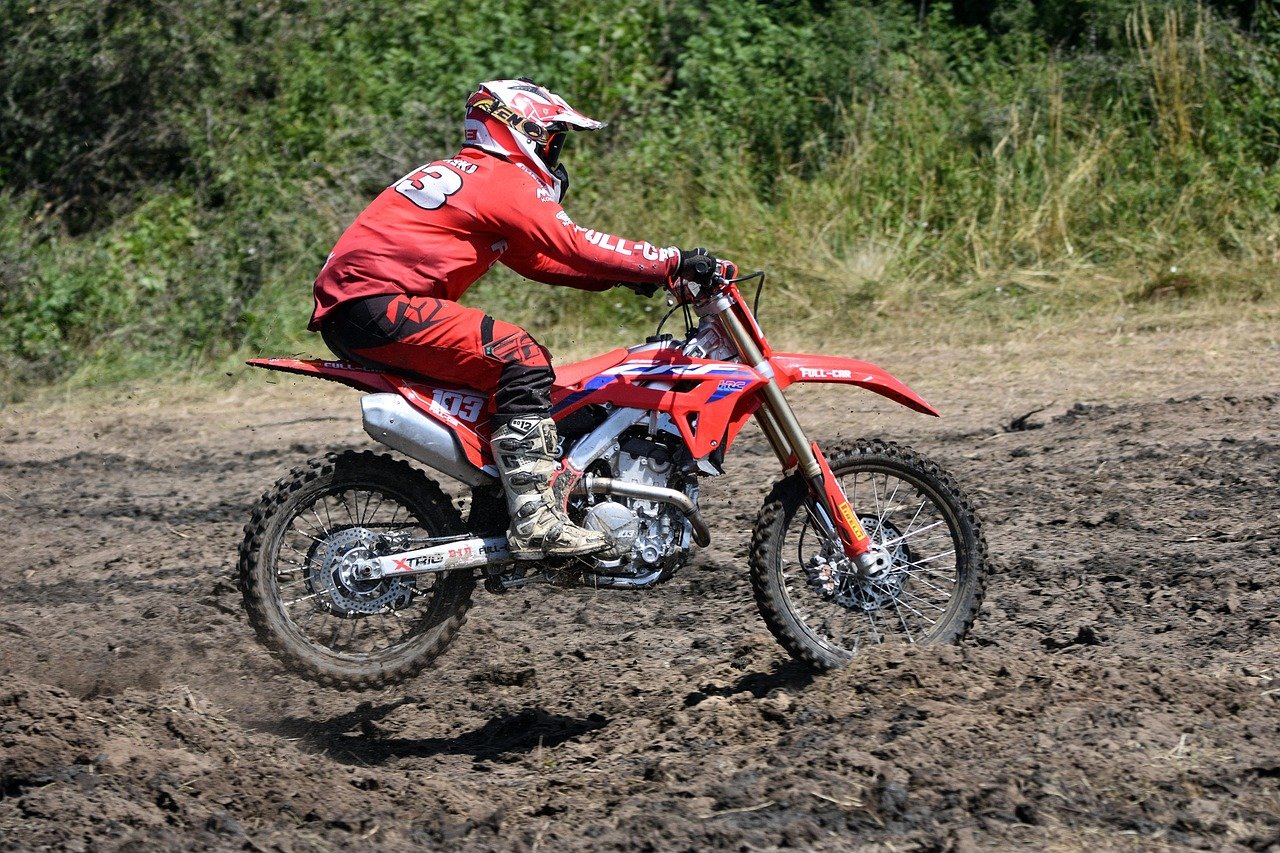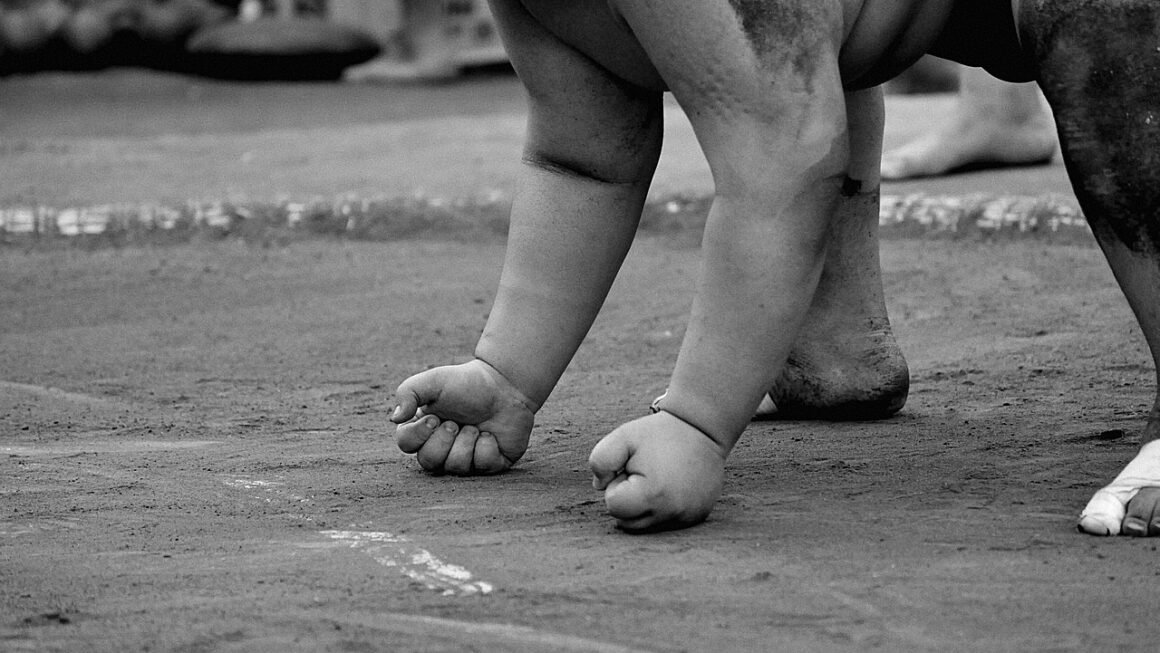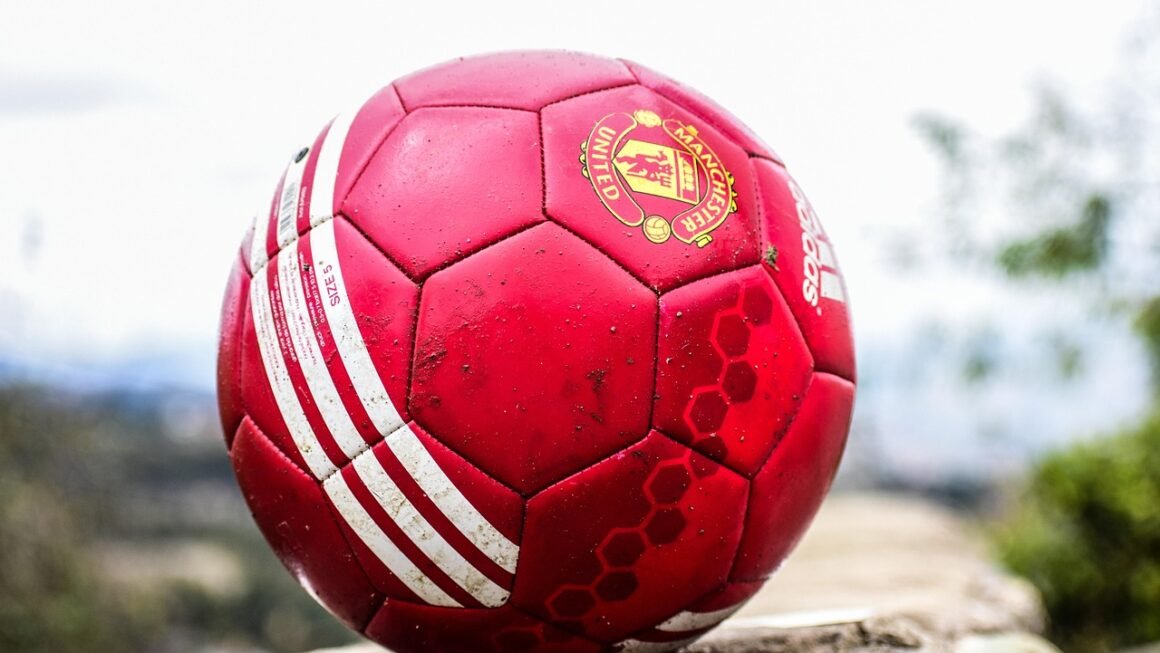Few sports can match the exhilarating blend of speed, skill, and physicality found in hockey. From the electrifying atmosphere of a packed arena to the precision passes and thunderous slapshots on the ice, hockey captivates fans worldwide. Whether you’re a seasoned player or a curious spectator, this comprehensive guide will delve into the fascinating world of hockey, covering everything from its rich history and fundamental rules to advanced strategies and the equipment that makes it all possible. So, lace up your skates (figuratively, of course!) and prepare to explore the exciting realm of hockey.
The History of Hockey: From Humble Beginnings to Global Phenomenon
Early Origins and Development
Hockey’s roots can be traced back to various stick-and-ball games played across Europe for centuries. However, the modern game of ice hockey as we know it today emerged in Canada during the 19th century.
- Early games were often informal and unstructured, played on frozen lakes and ponds.
- Montreal is widely considered the birthplace of organized ice hockey, with the first recorded indoor game taking place in 1875 at the Victoria Skating Rink.
- The early rules were fluid and evolved over time, eventually solidifying into the codified regulations we see today.
The Rise of Professional Hockey
The late 19th and early 20th centuries saw the rise of professional hockey leagues, primarily in Canada.
- The National Hockey Association (NHA), formed in 1909, laid the groundwork for the National Hockey League (NHL).
- The NHL was founded in 1917, initially consisting of five teams, all located in Canada.
- Over the decades, the NHL expanded to include teams in the United States and became the premier professional hockey league in the world.
Hockey’s Global Expansion
While initially concentrated in North America, hockey’s popularity has spread globally.
- International competitions, such as the Winter Olympics and the World Championships, have played a significant role in promoting the sport worldwide.
- European leagues, like the Kontinental Hockey League (KHL) in Russia, have become major players in the professional hockey landscape.
- Hockey continues to grow in popularity in countries across Europe, Asia, and beyond.
Understanding the Rules of the Game
Basic Gameplay and Objectives
At its core, hockey is a team sport played between two teams of six players each (five skaters and one goaltender).
- The primary objective is to score goals by shooting the puck into the opposing team’s net.
- Players skate on ice using specialized skates and use sticks to maneuver the puck.
- Games are typically divided into three 20-minute periods, with intermissions in between.
- The team with the most goals at the end of regulation time wins the game. Overtime rules apply in the event of a tie.
Key Rules and Regulations
Understanding the rules is crucial to appreciating the intricacies of the game.
- Icing: Occurs when a player shoots the puck from behind their own half of the ice across the opposing team’s goal line without being touched by another player. Play is stopped, and the puck is returned to the offending team’s zone.
- Offsides: A player cannot enter the attacking zone ahead of the puck. If a player is offsides, play is stopped, and a face-off occurs outside the attacking zone.
- Penalties: Penalties are assessed for various infractions, such as tripping, hooking, slashing, and interference. Penalized players must sit in the penalty box for a specified amount of time, leaving their team shorthanded.
- Power Play: When one team has a penalty, the other team has a power play, giving them a numerical advantage. This is a prime scoring opportunity.
Common Penalties and Infractions
Familiarity with common penalties enhances your understanding of game dynamics.
- Minor Penalties (2 minutes): Include tripping, hooking, slashing, interference, holding, and unsportsmanlike conduct.
- Major Penalties (5 minutes): Typically assessed for more serious infractions, such as fighting or deliberate attempts to injure an opponent.
- Misconduct Penalties (10 minutes): Result in the penalized player being removed from the game for 10 minutes but do not cause their team to play shorthanded.
- Game Misconduct Penalties: Result in the player being ejected from the game.
Essential Hockey Equipment
Player Equipment
Safety and performance are paramount when it comes to hockey equipment.
- Helmet: Provides crucial protection for the head and face. Must meet safety standards.
- Shoulder Pads: Protect the shoulders, chest, and upper back from impacts.
- Elbow Pads: Shield the elbows from falls and collisions.
- Gloves: Provide hand protection and allow for a good grip on the stick.
- Pants: Padded pants protect the hips, thighs, and tailbone.
- Shin Guards: Protect the shins from pucks and slashes.
- Skates: Specialized boots with blades for skating on ice.
- Stick: Used to shoot, pass, and control the puck. Available in various lengths and flexes.
Goaltender Equipment
Goaltenders require specialized equipment to withstand the constant barrage of shots.
- Helmet/Mask: A specialized helmet and mask provide full facial protection.
- Chest Protector: Offers comprehensive protection for the torso.
- Blocker: A padded glove worn on one hand to deflect shots.
- Catch Glove: A glove worn on the other hand to catch pucks.
- Leg Pads: Large padded leg coverings to protect the legs and block shots.
Proper Fit and Maintenance
Ensuring equipment fits properly and is well-maintained is crucial for safety and performance.
- Helmets should fit snugly and be properly adjusted.
- Shoulder pads should provide adequate coverage without restricting movement.
- Skates should be properly fitted and sharpened regularly.
- Equipment should be cleaned and dried after each use to prevent odor and bacterial growth.
Strategies and Tactics in Hockey
Offensive Strategies
Effective offensive strategies are essential for scoring goals.
- Forechecking: Applying pressure in the opposing team’s zone to regain possession of the puck.
- Passing: Accurate and timely passing is crucial for creating scoring opportunities. Common passing plays include the give-and-go and cross-ice passes.
- Shooting: Shooting the puck with accuracy and power is key to scoring goals. Different types of shots include wrist shots, slapshots, and backhand shots.
- Power Play Formations: Specific formations and plays are used to maximize scoring chances during a power play. A common formation involves setting up players in a diamond or umbrella shape.
Defensive Strategies
Solid defensive strategies are crucial for preventing goals.
- Backchecking: Quickly skating back into the defensive zone to support the defense.
- Defensive Zone Coverage: Assigning players to specific areas of the defensive zone to prevent the opposing team from getting close to the net. Common defensive zone coverages include the box and the diamond.
- Shot Blocking: Positioning oneself to block shots and prevent them from reaching the goaltender. This requires courage and good timing.
- Penalty Killing: Specific strategies and formations are used to minimize scoring chances while shorthanded.
Special Teams: Power Play and Penalty Kill
Special teams play a critical role in the outcome of games.
- Power Play: The goal of the power play is to create scoring opportunities by exploiting the numerical advantage. This often involves puck movement, passing, and setting up scoring chances.
- Penalty Kill: The goal of the penalty kill is to prevent the opposing team from scoring while shorthanded. This requires aggressive forechecking, shot blocking, and disciplined play.
Conclusion
Hockey, a sport steeped in history and tradition, continues to evolve and captivate audiences worldwide. From its humble beginnings on frozen ponds to the high-octane action of the NHL and international competitions, the game offers a unique blend of skill, speed, and physicality. Understanding the rules, appreciating the importance of equipment, and recognizing the strategic complexities of the game enhances the viewing and playing experience. Whether you’re a lifelong fan or just discovering the sport, the world of hockey offers something for everyone. So, grab your stick (or your remote!) and immerse yourself in the excitement of this remarkable game.



